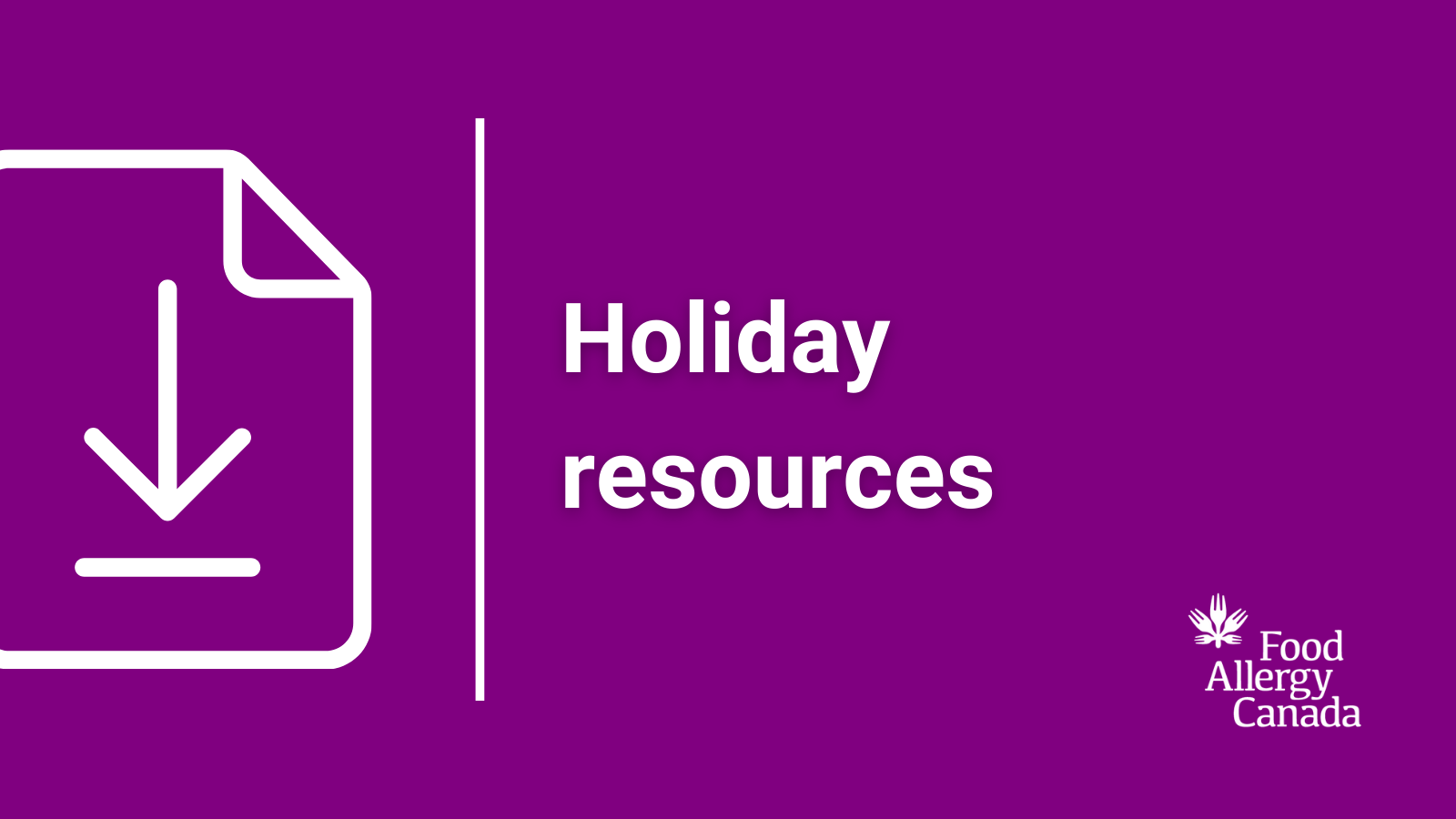Despite best efforts, allergic reactions can happen, making it critical to be able to recognize the symptoms of anaphylaxis, and respond quickly with treatment. Anaphylaxis is a severe allergic reaction that can be life-threatening.
Epinephrine is the only medication capable of reversing the symptoms of anaphylaxis, making it life-saving treatment.
Canadian allergists stress that an epinephrine auto-injector, like EpiPen®, must be used as the first-line treatment—before asthma inhalers, antihistamines, or other medications. Prompt use is essential to improving outcomes and potentially saving lives.
Yet, research shows epinephrine is often underused, due to confusion about symptoms or a lack of access to auto-injectors. This gap in treatment leaves many at risk.
We are breaking down barriers to using epinephrine by building confidence, empowering Canadians to recognize and treat anaphylaxis, and advocating for new options, such as non-needle alternatives.
Yet, critical barriers remain—epinephrine auto-injectors are still underused, which can lead to progression of symptoms, increased risk of secondary reactions, prolonged recovery time, and heightened stress and anxiety.
Here are some staggering facts:
Pre-hospital use of epinephrine is low:
- EMS usage of epinephrine to treat anaphylaxis in Canada is only 36%
- Only 21% of children and 7% of adults globally use their auto-injector prior to going to the hospital
- Prompt use of epinephrine to treat anaphylaxis improves health outcomes, yet only 1-in-5 children and less than 1-in-10 adults use it before they go to the hospital
Anaphylaxis management issues:
- 25% of first-time reactions occur at school/daycares
- Children who did not receive prompt administration of epinephrine were more than 2x more likely to be admitted to the hospital




